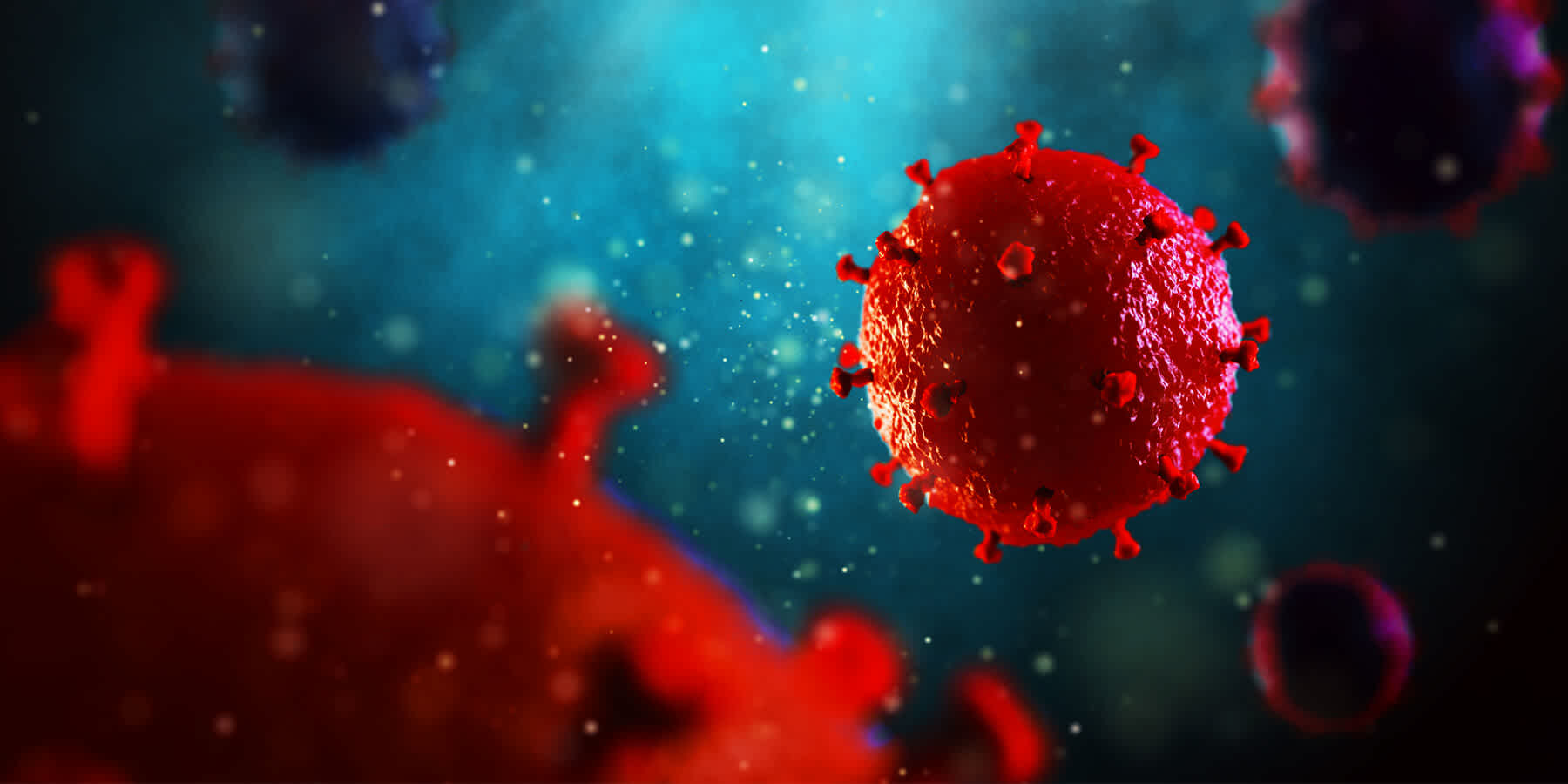
HIV vs. AIDS: What's the Difference?
Medically reviewed by Neka Miller, PhD on July 10, 2020. To give you technically accurate, evidence-based information, content published on the Everlywell blog is reviewed by credentialed professionals with expertise in medical and bioscience fields.
Human immunodeficiency virus (HIV) and acquired immunodeficiency syndrome (AIDS) are closely connected—which might lead you to wonder what the difference is between HIV and AIDS.
The short answer is that HIV is the viral infection that can ultimately progress to AIDS (if it isn’t treated early enough). AIDS isn’t HIV, but is instead a possible outcome of an HIV infection.
Read on to find out more about HIV, AIDS, and how they related to each other. (And if you suspect you may have an HIV infection, consider taking an HIV test as soon as possible—which you can do from the privacy of home with the Everlywell test linked to above.)
HIV explained
HIV, human immunodeficiency virus, is a virus that can cause significant damage to the cells in your immune system. Essentially, an HIV infection weakens your immune system’s ability to fight other infections and prevent disease.
How HIV spreads
HIV can be spread through contact with certain bodily fluids from an infected person. Blood, semen, pre-seminal fluid, rectal/vaginal fluids, and breast milk are the most common fluids that pass HIV from person-to-person. In the United States, HIV spreads primarily as a result of unprotected sex (vaginal or anal) and sharing drug injection equipment (like needles) with an infected person. Mothers can also spread HIV to their children through pregnancy, childbirth, or breastfeeding.
HIV treatment
Over time, HIV infections that are left untreated often cause worsening symptoms and progress to acquired immunodeficiency syndrome, or AIDS. Although there is no cure, HIV treatment through antiretroviral therapy (ART) can slow down HIV replication and keep it from progressing to a more severe stage. ART is highly recommended for all HIV patients because it not only helps patients live longer, but it also reduces the risk of HIV transmission.
Stages of HIV
There are three stages associated with an HIV infection: acute HIV infection, chronic HIV, and AIDS—which is the final and most serious stage.
Acute HIV infection
Acute HIV infection (also known as primary infection) typically lasts about 2-4 weeks after the initial infection. Early signs of HIV associated with this stage include flu-like symptoms, such as fever, headache, sore throat, and rash. However, it’s worth noting that not everyone with an acute HIV infection experiences symptoms—which means you can get HIV without knowing it (unless you get tested).
The risk of HIV transmission is high during an acute infection, as the level of HIV in the bloodstream and genital fluids is especially high.
Chronic HIV infection
During a chronic HIV infection (or clinical latent infection), the virus continues to multiply in the body, though it does so at low levels. In many cases, people don’t experience any symptoms during the chronic stage—which can last for ten or more years until the infection progresses to AIDS (unless HIV treatment is initiated before AIDS develops). In some cases, the progression to AIDS may occur sooner.
Those who are taking ART might have chronic HIV for decades. However, the purpose of ART is to reduce HIV levels until there’s an undetectable viral load. This means that the HIV level in the blood is so low that it cannot be detected by a specific kind of test known as a viral load test. For those who are taking ART as prescribed by their healthcare provider, they have effectively no risk of transmitting HIV to their partner through sexual intercourse, as long as their viral load is undetectable.
AIDS explained
AIDS (acquired immunodeficiency syndrome) represents the most severe stage of HIV. When HIV has progressed to this stage, the immune system has become so damaged by the virus that the body is no longer able to effectively fend off infections. This can, in turn, lead to the development of certain cancers (like Kaposi's sarcoma) and other diseases.
Symptoms of AIDS may include fever, weight loss, and weakness. Antiretroviral therapy, or ART, can lessen the severity of AIDS and prolong the life of someone with AIDS. But getting treatment for AIDS is absolutely vital; sadly, without treatment, individuals diagnosed with AIDS do not typically survive past two years after diagnosis.
Conclusion
It’s critical that an HIV infection is detected as soon as possible, so life-saving treatment with HIV medicine can begin. To test for HIV from the privacy of your home, try our easy-to-use, at-home HIV test kit. Only a small sample of blood is required (collected via a simple finger prick), and your results are easy to view on our secure, online platform.
Related content
What is usually the first sign of HIV?
References
1. HIV/AIDS. Mayo Clinic. URL. Accessed July 10, 2020.
2. About HIV. Centers for Disease Control and Prevention. URL. Accessed July 10, 2020.
3. Waymack JR, Sundareshan V. Acquired Immune Deficiency Syndrome (AIDS). In: StatPearls. Treasure Island (FL): StatPearls Publishing; 2020.